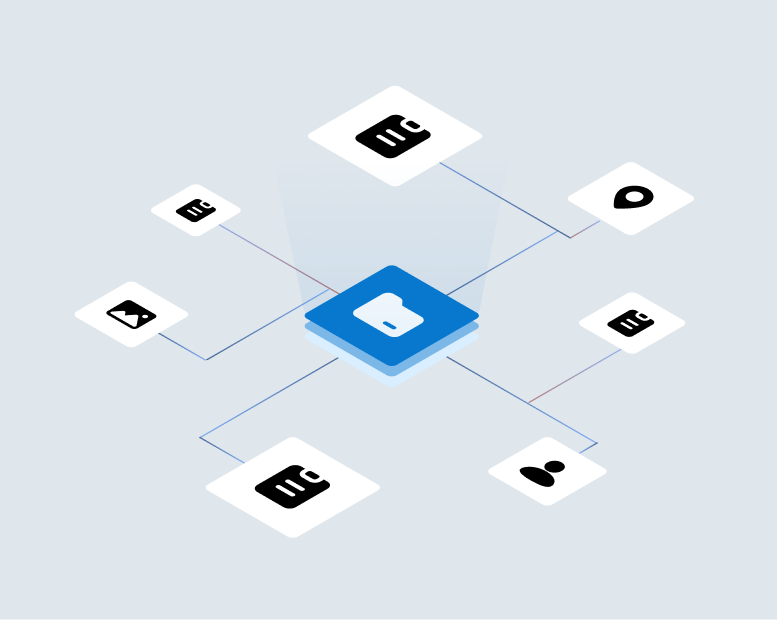I find it odd that the two types of P&C fraud – Claims Fraud and Underwriting Fraud – are treated so differently by the industry. The lion’s share of fraud mitigation spending goes to Claims Fraud. Yet according to industry analysts auto insurance claims and underwriting fraud each constitutes up to 10% of total Net Premiums.
Which is a mistake because there’s a huge opportunity to reduce these losses by using new tools that automate the fraud detection, intervention and evidence documentation process..
But fighting UF requires a different mindset. Unlike CF where the frauds are big and done by real criminals, UF is composed of a huge number of modest losses from customers opportunistically n=manipulationg their data to get a better rate.
Fighting UF is a bit like what your Neighborhood policeman does every day. His job is to keep the peace, which mostly means preventing small time, small dollar, petty crimes of opportunity. He does this by walking or driving through his beat looking for things that ‘don’t look right’. Suppose he sees a teenager trying to open a window to get into a house: the Policeman goes up to the Teen and asks him what he’s doing. If the teen is up to no good the second he sees the policemen coming, he’ll run away. On the other hand, if he doesn’t run, he probably needs help “Oh hi officer, my parents locked me out”. So the Policeman asks for ID or other proof that he lives there.
The two keys to this Policeman’s method are 1. finding indicators that give him ‘probable cause’ to investigate and 2. immediately challenging the subject. And because he’s going to talk to the subject (or induce him to flee) he doesn’t need to have perfect data evidence – he just needs probable cause.
The same is true in UF mitigation. The goal is to use technology during the quote session to monitor the customer’s data and behavior as they complete one or more quotes for clues that suggest possible fraud and then when found immediately and specifically challenging the customer with a series of questions. In our experience when a fraudster is challenged like this he almost always ends the session and goes looking for a carrier that doesn’t have an UF cop on the beat.
VeracityID has designed an built an integrated fraud detection, intervention and documentation system that serves as the automated “Cop on the beat” for fraud.
There are reasons why Claims gets more attention. First the typical claim fraud loss dwarfs underwriting fraud loss. Second – there is less customer risk – if offended by overly aggressive fraud efforts those shopping for a new policy can take their business elsewhere while policyholders must file their claims with their carrier. And the time window to identify and act on a fraud is much wider for claims than the few minutes during a quote session that UF must be detected.


